If you’ve ever wondered how often should PAT testing be done in your workplace, you’re not alone. It’s one of the most common questions businesses ask when it comes to electrical safety — and the answer isn’t always as straightforward as you might think.
In this guide, we’ll walk you through how often PAT testing should be done in different workplace settings, from low-risk office spaces to high-risk construction sites.
How the Risk Level of Your Workplace Affects PAT Testing Frequency?
You might’ve heard that it must be done every year, no matter the setting — but that’s not quite true.
The reality is: PAT testing should be carried out regularly, but the frequency depends on a couple of important factors:
- The risk level of the environment
- Who’s using the equipment (e.g. employees, visitors, or the general public)
let’s break down some common work environments into different risk categories.
1. Offices (Low Risk)
Office environments are considered low risk when it comes to PAT testing. That’s because portable appliances like computers, monitors, and printers usually stay in one place.
.jpg)
In a well-managed office, employees are often encouraged to check their own equipment for signs of wear or damage — which is a great first step. Regular visual inspections are key here and help catch potential issues early on.
That said, PAT testing is still required, but the intervals can be much longer than in higher-risk settings. So while you don’t need to do it every year, it’s important to keep a schedule based on risk assessments and equipment use.
2. Equipment Used by the Public (Medium Risk)
If your equipment is used by the public, the responsibility is on you to make sure it’s safe. This applies to all sorts of places — from gyms with electrical workout machines to pubs and arcades with gaming machines.
When lots of different people are using your equipment, wear and tear can happen fast. That’s why PAT testing in public environments should be done more regularly, to catch any issues before they become dangerous.
It’s not just about ticking a box — it’s about protecting your customers and your business reputation.
3. Schools (Slightly Higher Risk)
Let’s face it — school kids aren’t exactly known for being gentle with equipment. With lots of students using electrical appliances every day, the chances of damage naturally go up.
Because of this, schools are considered a higher-risk environment, and PAT testing needs to be done more frequently. Faulty equipment around children can lead to serious consequences — both from a safety and legal point of view — so staying on top of testing is absolutely essential.
.jpg)
Regular inspections, combined with scheduled PAT testing, help keep students and staff safe.
4. Industrial Settings (High Risk)
This category includes places like factories, workshops, and commercial kitchens — all busy environments where a wide range of electrical appliances are used every day.
Staff often work under time pressure, using equipment frequently and sometimes roughly. That constant use means appliances are more prone to damage or wear, increasing the risk of faults.
Because of this, PAT testing needs to happen more often in industrial settings.
5. Construction Sites (Extremely High Risk)
Construction sites are among the most hazardous environments when it comes to electrical safety. In fact, much of the equipment used runs on 110V specifically to reduce the risk of electric shock.
But it’s not just the voltage that matters — construction tools face daily exposure to dust, dirt, rough handling, and unpredictable weather conditions. All of this takes a toll on equipment.
That’s why PAT testing on construction sites must be done very frequently.
How Often Should PAT Testing Be Done in Your Workplace?
So, how often should you actually carry out PAT testing? The answer depends on both the type of equipment and the environment it’s used in.
The guidance below is based on the IET Code of Practice and offers a solid starting point for your own testing schedule.
Offices, Shops, Hotels & Nursing Homes (Low Risk)
- Stationary and IT equipment (Class I) should have a formal visual inspection every 2 years, and combined inspection and testing every 4 years.
- Class II stationary and IT equipment only require visual inspections every 2 years, with no formal testing needed.
- Moveable and portable Class I equipment should be visually checked yearly and tested every 2 years.
- Handheld Class I appliances need visual inspections every 6 months and testing annually.
- Class II versions of moveable, portable, and handheld equipment usually only need visual checks every 2 years and no testing.
Equipment Used by the Public (Medium Risk)
- Stationary and IT equipment (Class I) require monthly visual checks and annual testing.
- Class II equipment in public areas should be visually inspected every 3 months and tested annually.
- Moveable, portable, and handheld Class I appliances need weekly visual inspections and testing every 6 months.
- Class II versions of the same should be checked monthly and tested once a year.
Schools (Slightly Higher Risk)
- Stationary and IT equipment (Class I) should be tested every year, even if no visual inspections are done.
- Class II equivalents should be visually inspected once a year and tested every 4 years.
- Moveable, portable, and handheld appliances (both Class I and II) should be visually inspected every school term and tested annually (for Class I) or every 4 years (for Class II).
Factories, Workshops & Commercial Kitchens (High Risk)
- Stationary and IT equipment (both Class I and II) should be tested yearly, with no need for regular visual inspections.
- Moveable equipment (Class I) should be visually inspected monthly and tested yearly.
- Class II moveable appliances should be inspected every 3 months and tested yearly.
- Portable and handheld appliances (Class I) require monthly visual checks and testing every 6 months.
- Class II versions should be inspected every 3 months and also tested every 6 months.
Construction Sites (Extremely High Risk)
All types of equipment — stationary, IT, moveable, portable, and handheld — regardless of whether they are Class I or II, should be:
- Visually inspected every month
- Tested every 3 months
Conclusion
So, how often should PAT testing be done in your workplace? The answer really comes down to how much risk is involved. Low-risk environments like offices can go longer between checks, while high-risk settings — such as construction sites or factories — need far more frequent testing and inspections.
Regular PAT testing not only keeps everyone safe — it also helps your business stay compliant with health and safety regulations.
Need PAT Testing for Your Workplace?
Wondering how often PAT testing should be done in your workplace or need a professional to handle it for you? Our qualified team can assess your workplace, identify any potential risks, and ensure your equipment stays compliant with the latest safety regulations.
Contact Unique Electrical today for a customised PAT testing plan and keep your workplace safe and compliant!





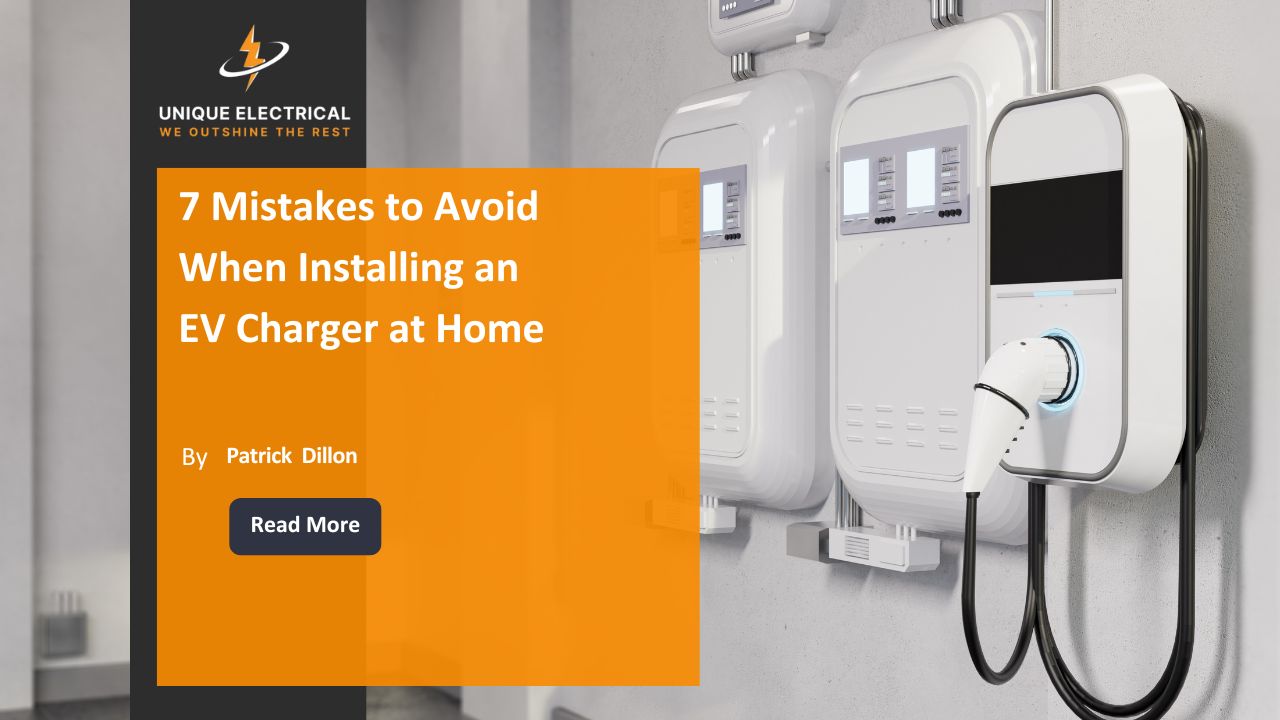
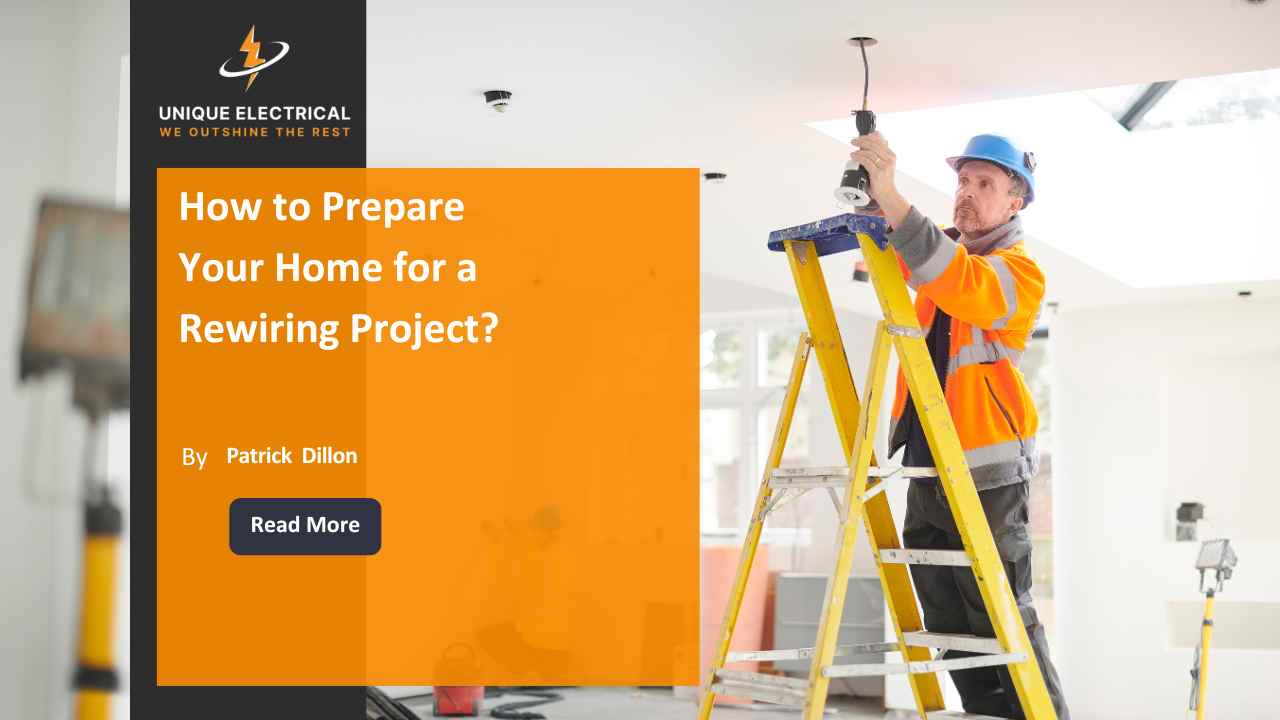


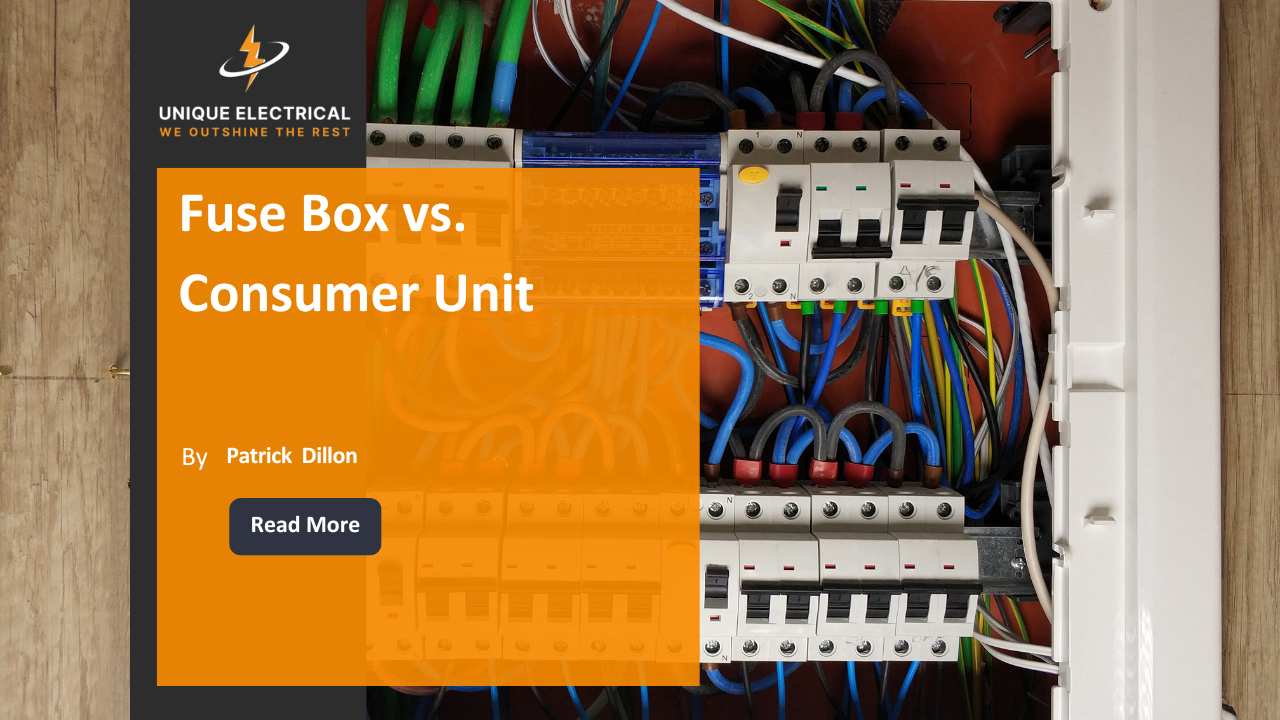
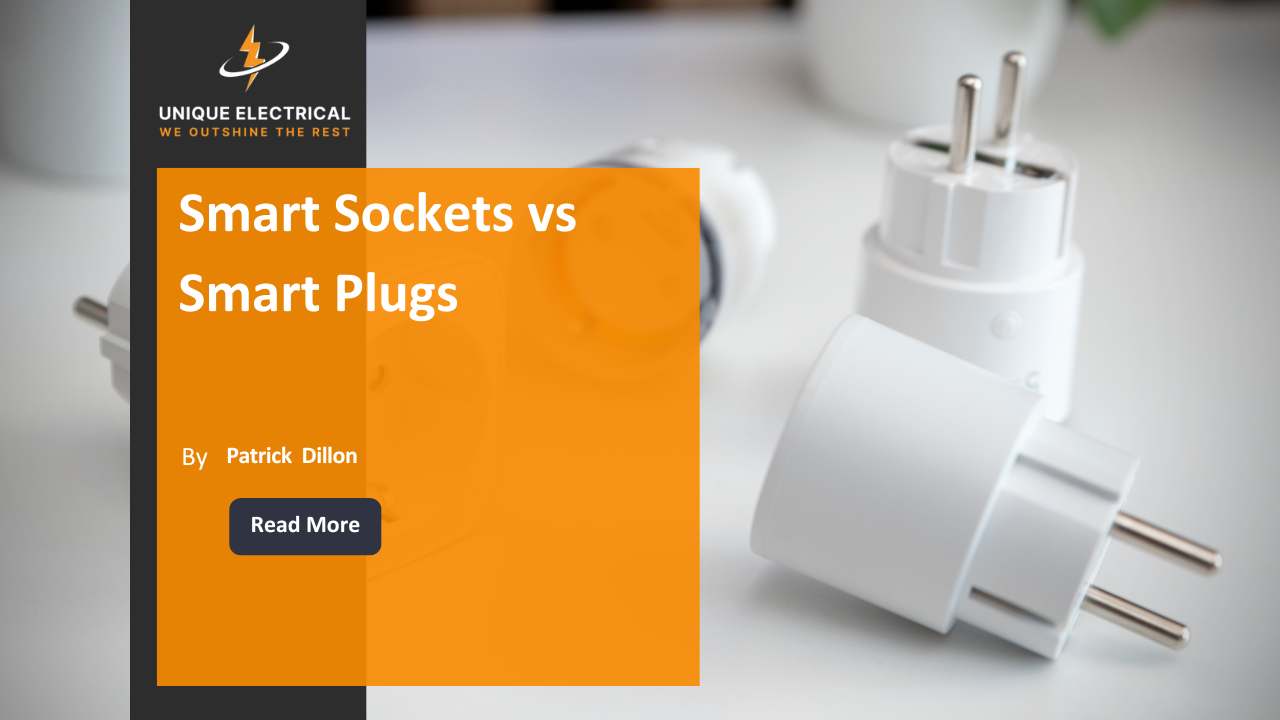
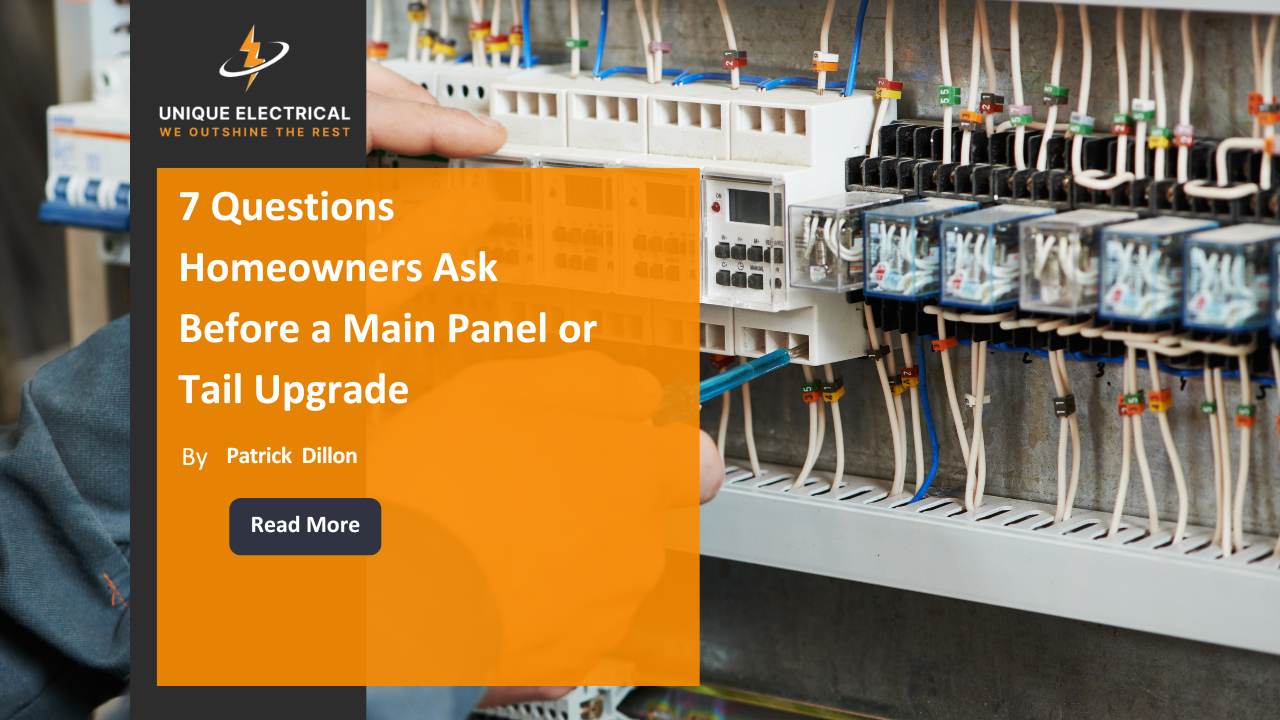
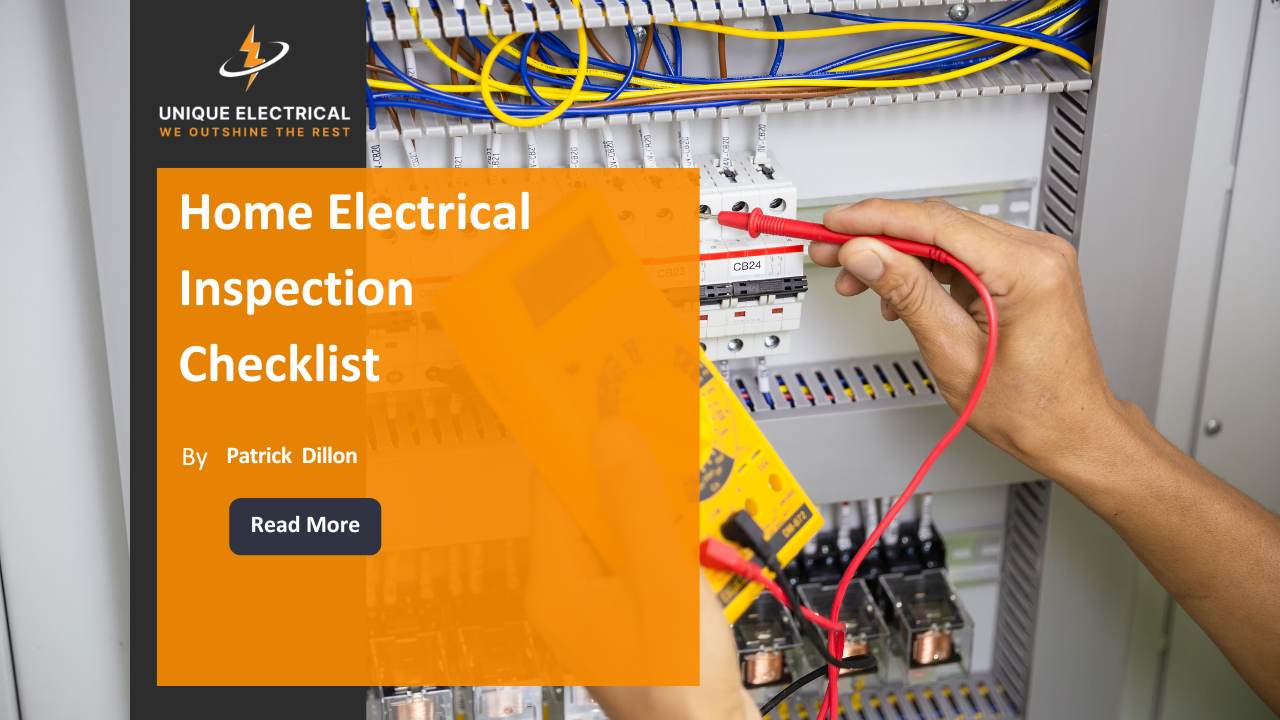
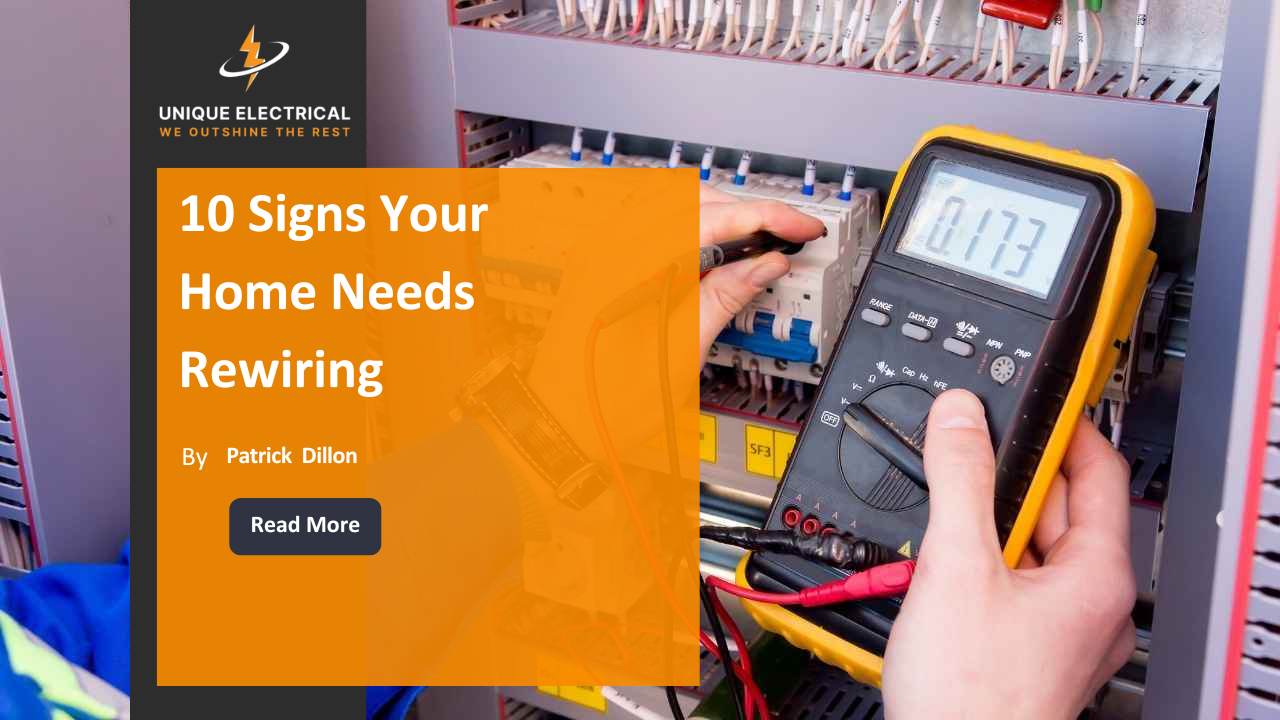













.jpg)

.jpg)





























